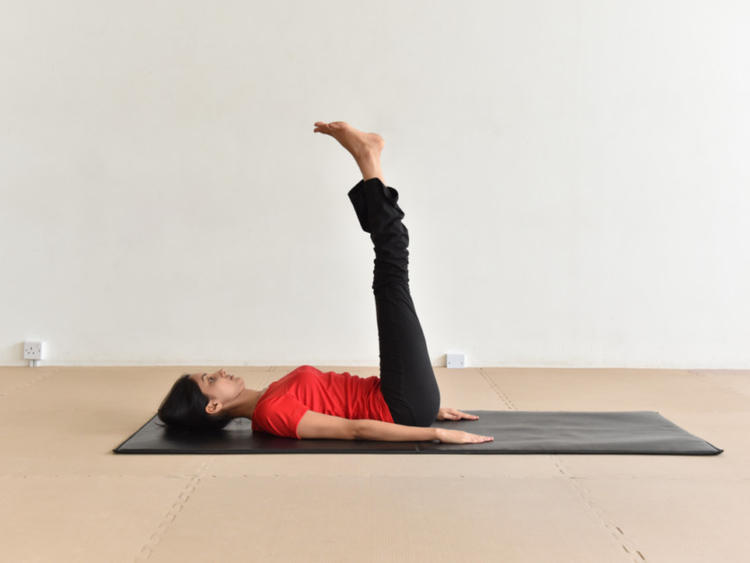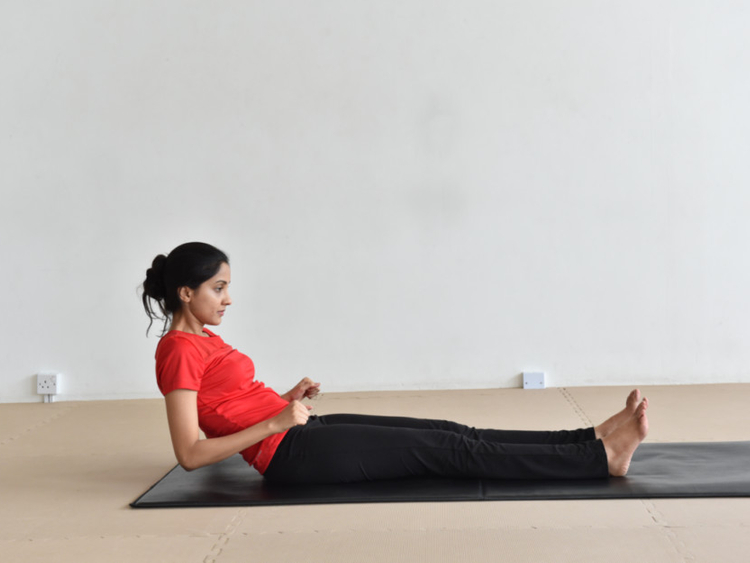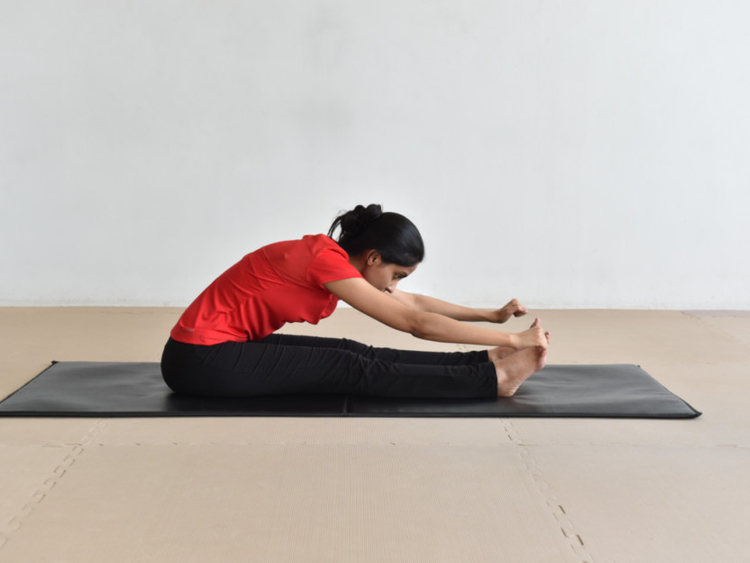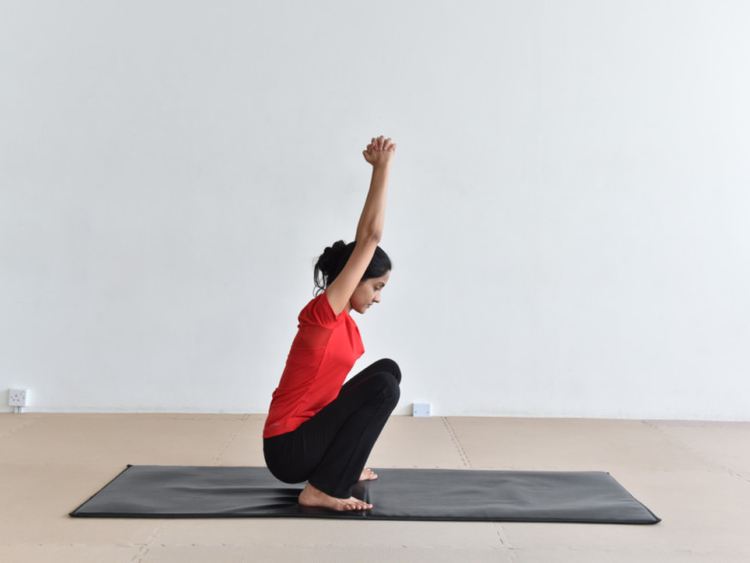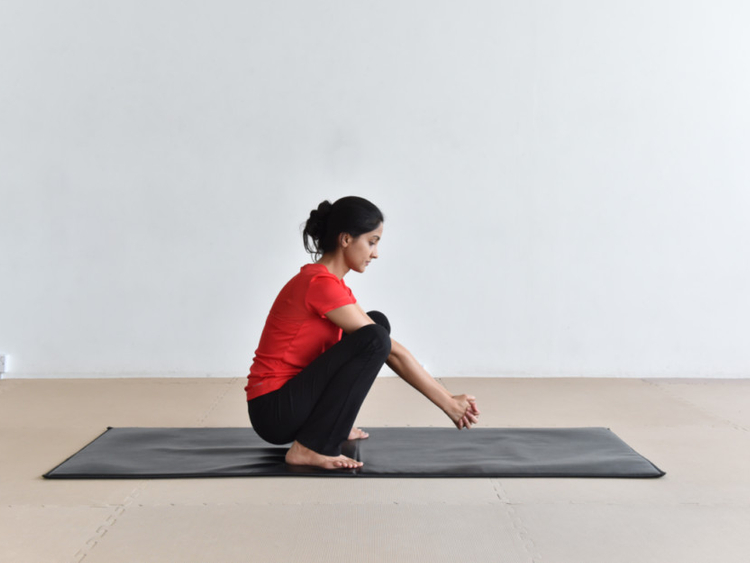
The Sanskrit word ‘moola’ means root or source. In this context it refers to the root of the spine or the perineum where mooladhara chakra is located. In addition to restoring and maintaining endocrinal health, all three bandhas – moola bandha, uddiyana bandha and jalandhara bandha also work on the energy system in an individual. Bandhas may be practised individually or incorporated with pranayama practices. When combined in this way, they awaken the psychic faculties and form an adjunct to higher yogic practices.
The science of yoga understands that prana or life force flows through circuits or channels called nadis in the body. There are 72,000 nadis. These three bandhas directly act on the granthis or knots/blockages formed in nadis as a result of unhealthy lifestyle, mental and emotional issues as well as environmental pollution and adulteration of food which increase toxins in the system.
The granthis prevent the free flow of prana in the nadis decreasing vitality, causing disease and disorders at the physical, mental and emotional level. To overcome the granthis, regular practise of bandhas and pranayama is recommended in addition to asanas or postures.
How to do moola bandha
- Sit a meditative posture, either padmasana or vajrasana.
- Place the palms on the knees.
- Inhale deeply, hold the breath and perform moola bandha by slowly contracting the perineal/vaginal region. Contract this region by pulling up on the muscles of the pelvic floor. Hold as tightly as possible without undue strain.
- Hold for at least 10 to 20 seconds. Slowly release the bandha and exhale.
- Practise three times.
Benefits
It stimulates the pelvic nerves and tones the urogenital and excretory systems.
Intestinal peristalsis is also stimulated, relieving constipation and piles.
It helps alleviate a multitude of sexual disorders.
Its effects spread throughout the body via the brain and endocrine system making it very beneficial in cases of asthma, bronchitis and arthritis.
It also relieves depression.
Keep in mind
Moola bandha is the contraction of muscles in the pelvic floor. It does not contract the whole perineum. In the male body the area of contraction lies between the anus and the testes. In the female body, the point of contraction is behind the cervix, where the uterus projects into the vagina. This practice should only be learnt under the guidance of an experienced yoga teacher.
Practise the bandhas thus:
Jalandhara bandha (see tabloid! January 25)
Uddiyana bandha (see tabloid! January 18)
Moola bandha.
Practise bandhas for a minimum of three months to see improvements in overall health and wellbeing.
Use discretion if sick, elderly or pregnant. A right combination of postures, pranayama and bandhas is the best way to practise. Seek a yoga professional’s guidance for a balanced routine.
Practice of the week
Begin with a set of 10-12 sun salutations followed by the set of postures below which also work on the mooladhara chakra.
Titliasana
Uttanapadasana
Nauka Sanchalanasana Step 1
Nauka Sanchalanasana Step 2
Kashta Takshasana Step 1
Kashta Takshasana Step 2
Pawanmuktasana
Next Week: Yoga practices to detox the liver



